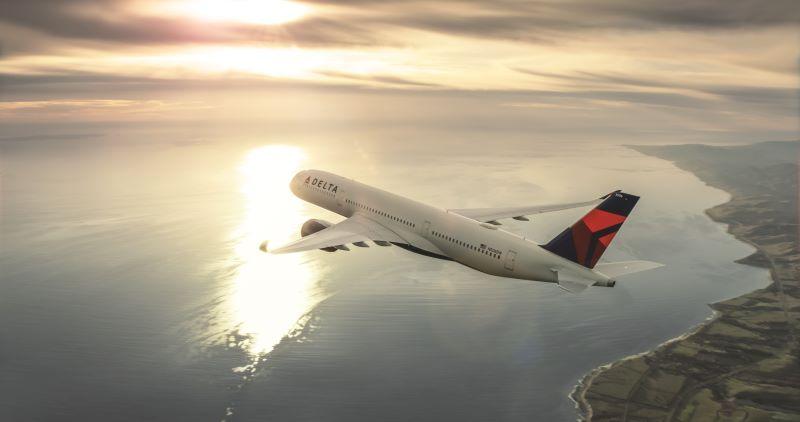
Executives at Delta Air Lines are bullish on the company’s third-party maintenance, repair, and overhaul (MRO) business as the global aviation recovery accelerates and more attention can be paid to growing ancillary revenues.
“To me, it’s still a $5 billion [annual] external additional revenue source,” President Glen Hauenstein said of Delta Tech Ops. “Today, it’s around $1 billion. So, I’d say [there are] massive growth opportunities over the remainder of this decade in that business.”
Delta’s Tech Ops business was ramping up steadily toward $1 billion annually before the downturn, bolstered in part by deals with manufacturers such as Rolls-Royce, Pratt & Whitney and CFM to support their customers.
While investment did not cease during the downturn, Delta’s attention turned away from growing Tech Ops to more pressing matters—notably keeping its aircraft ready for whatever demand trends emerged.
“We didn’t slow down,” Hauenstein said. “We maintained what we had, but we didn’t push investment because we needed to take care of our own [fleet]. There was a labor shortage and obviously the labor pushed towards the Delta side to make sure we took care of our own needs.
“We’ve got the pipeline of orders in place,” he added. “Now it’s just up for us to get the focus on the management team and the resources to go execute.”
Like other aftermarket providers, Delta is grappling with supply-chain issues.
“There are constraints in the system,” CFO Dan Janki said. “Every day is changing as it relates to what part or what material is where.”
Tech Ops, working closely with manufacturers, has adjusted some of its processes to help mitigate supply-chain issues. For example, one enginemaker asked Delta for longer material-related forecasts to help with planning.
“Our team has been systematically doing that with our [fleet] so they can get better transparency into our demand,” Janki said.





